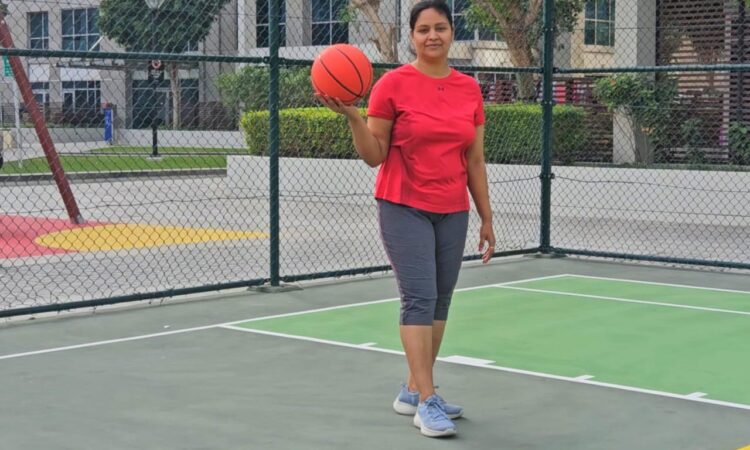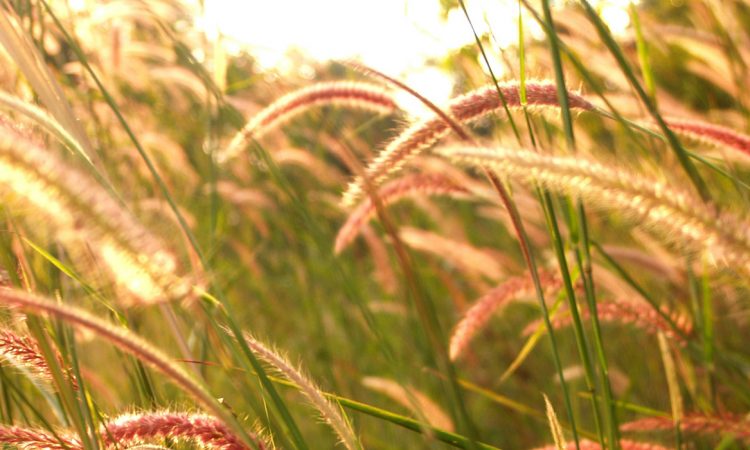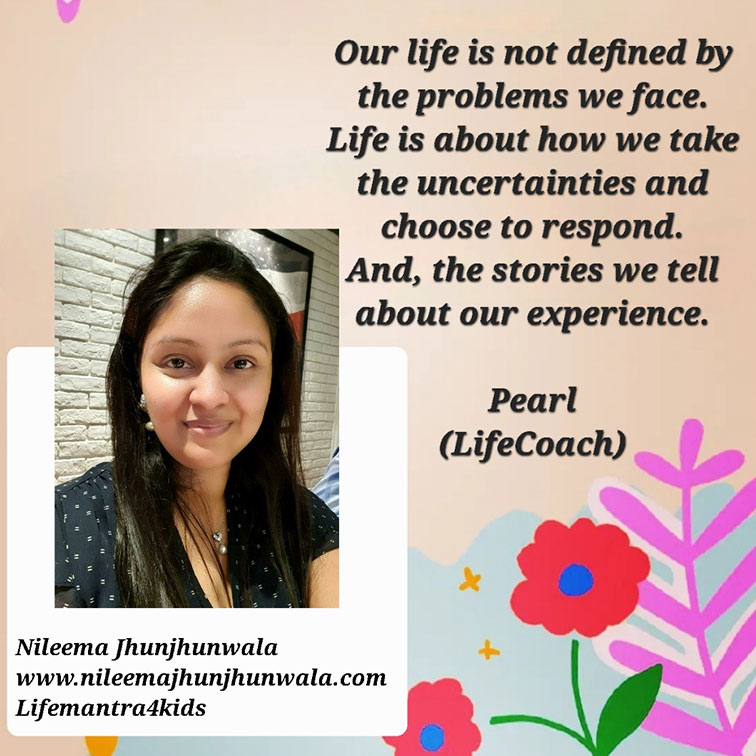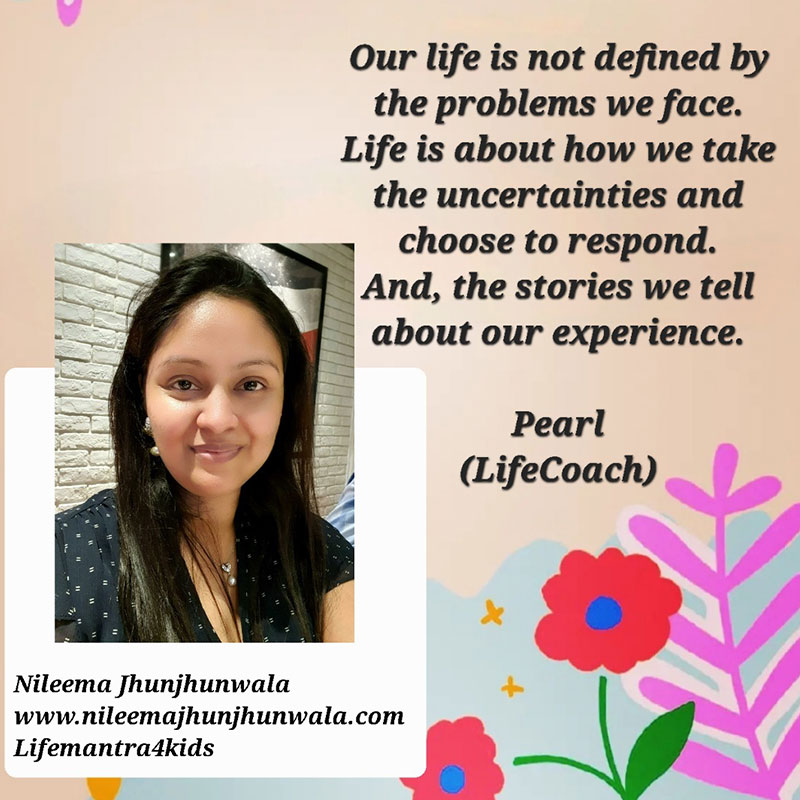A Decade of Transforming Lives Through Holistic Healing.
When I founded LifeMantra Holistic Wellness in 2016, I was transitioning from working 9 hrs a day as a professional Chartered Accountant to pursuing a dream with a deep passion for helping people lead happier, healthier, and more balanced lives. Leaving behind the structured, fast-paced world of the MNC came easy to me because of the calling I felt deep down in my heart to create something that touched lives in a more meaningful and personal way.
What began as a small wellness initiative soon turned into a transformative journey both for the people I worked with and for myself. Over the past ten years, I’ve met incredible individuals each with their own unique story, struggle, and strength, seeking peace, clarity, and purpose. Working with them on their transformations, I have evolved in ways I never imagined. I believe that every person carries the power to rewrite their own narrative.
As we step into 2026, I look back with immense gratitude. The road hasn’t always been smooth—…there were challenges, doubts, and moments of reinvention—but each experience helped me shape the person I am today. LifeMantra has grown from a small wellness initiative into a thriving community built on compassion, mindfulness, and holistic living.
Looking ahead, my mission remains the same—to spread awareness about the power of holistic wellness and empower more people to live consciously and joyfully. From a corporate professional to a holistic healer, my journey has been one of courage, transformation, and deep fulfilment.
I started as a simple girl with a dream, and today, I stand as a woman deeply grateful for all the experiences through out this journey. During my journey, I have received some lovely emails, happy messages and praising feedback from smiling souls. I treasure them all close to my heart. I want to take a moment to deeply thank you all my friends, family, clients & well-wishers and honour you for being part of my journey so far and for your devotion to your journey to improve and evolve.
Want to Awaken with Pearl?
Contact me to know what activities I did and what is my Life Mantra and what is Pearl’s msg.
Welcome to the world of Pearl
-Helping people lead happy lives.
Nileema Jhunjhunwala
(Holistic Wellness Coach)



